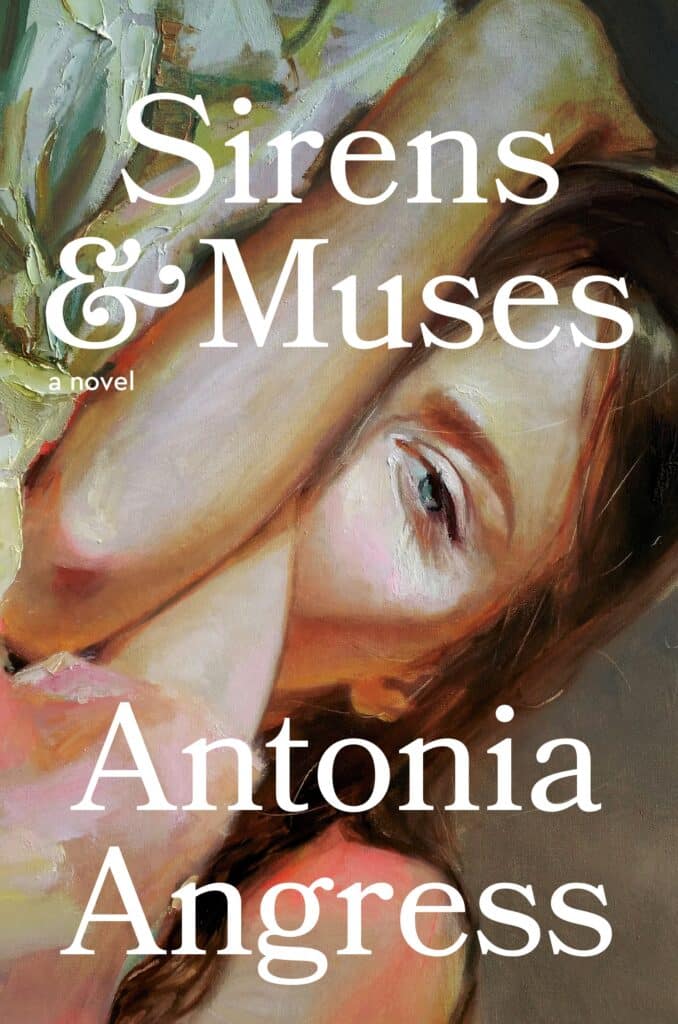Embarking on a tumultuous adventure through an elite art institute, Antonia Angress presents her first novel, where ambition, desire, and rivalry interlace among the lives of artistically driven students and a professor whose path intersects with theirs. At the heart of the narrative are Louisa, Karina, and Preston, each striving for a unique artistic vision while grappling with their identities within the walls of Wrynn College of Art. They discover their lives interwoven with that of Robert Berger, a seasoned artist, as they navigate the complexities of creation, wealth, and self-discovery at the cusp of adulthood.
We caught up with Angress to dive into the essence of her novel, her creative journey, and the intricacies of the college experience that often go unspoken.
It’s finally here — your debut novel! How are you feeling with its release?
It’s quite the dreamlike experience. After dedicating so much of my life crafting this novel, not even sure of its fate, it’s been incredibly fulfilling to connect with readers who resonate with the work.
The structure of the novel is meticulous, almost seamless — yet the process behind it must have been challenging.
[Laughs] Oh, it was a challenge alright! With every awe-inspiring book that seems to flow so effortlessly, an immense amount of work and resilience went behind it. The novel unfolded over seven years: there were discarded drafts, spreadsheets, and detailed planning for each character and chapter. My ambition might have got the better of me with a four-POV structure for my debut, but I’ve now simplified to a single POV for my next work.

Within the novel, you merge the insular world of the art college with the broader context of life beyond academia. What inspired you to blend these realms?
It stemmed from my personal leap from the academically charged atmosphere of college to teaching elementary school—a stark contrast that left me nostalgic for my undergraduate days. This novel was, in a sense, a portal back to that world. Reflecting on my post-college years, I wanted to explore the romanticized expectations of life after school, and their inevitable collision with the reality of adulthood.
Was the decision to not paint the conventional rosy picture of college life a deliberate one?
Definitely. My college experience was far from perfect—it was riddled with challenges, insecurities, and moments of loneliness, especially within the elitist environment that often romanticizes being ‘special’ or ‘lucky.’ It was important to depict the reality that these years are not without struggle and can be a breeding ground for self-doubt.
The characters in your novel are vivid and diverse in their personalities and artistic pursuits. How did you develop such unique characters?
It all began with Louisa, the first character to take shape. With roots in Louisiana—a region I hold dear—Louisa’s passivity drives the narrative. When feedback suggested expanding other fascinating characters’ points of view, I experimented and it felt right. Though the challenge was maintaining their distinct voices within a third-person narrative, it became a pivotal step in enriching the novel.
Louisa’s bird women series of paintings strikes a chord with her Southern background. What sparked this idea?
Inspired by Louisiana artist Cayla Zeek’s work, which celebrates the local ecosystem and mythology, I had this epiphany at an arts festival: her art was the visual embodiment of Louisa’s creations. This realization was a major breakthrough that shaped the narratives in the book profoundly.
Your portrayal of intergenerational clash through Preston and Robert is striking. Could you elaborate on their dynamic?
At their core, they are reflections of each other, separated by time. Their mutual animosity and admiration stem from recognizing aspects of themselves in one another. For both characters, this dynamic fuels a complex mixture of frustration and fear, possibly foreseeing their own futures within each other.
The dynamics of Karina and Louisa’s relationship are quite tense. Do you think the pressures of school and their move to New York amplified these tensions?
Absolutely. Their tangled web of attraction, envy, and rivalry is emblematic of the intensity of college relationships, further complicated by the transition into a bustling city like New York. For them, college life brought both a magnetic pull towards each other and the daunting challenge of finding oneself.
Could you give us a glimpse into your next project?
I’m currently penning a narrative about a love story entwined with the complexities of language, centered on an elementary school Spanish teacher in New Orleans. The novel is still taking shape, but it promises an exploration of the themes of communication and the beauty of the untranslatable.
“Sirens & Muses” is now available for readers to immerse in.